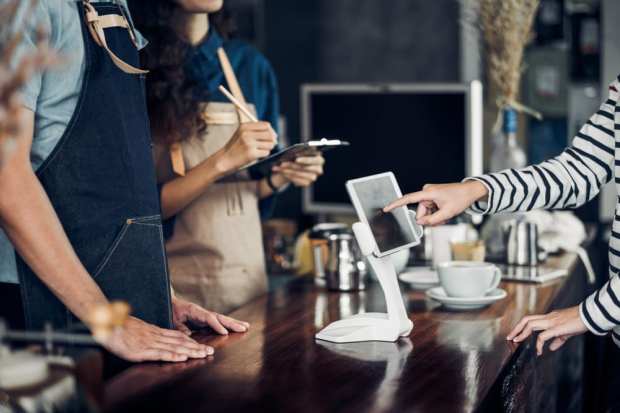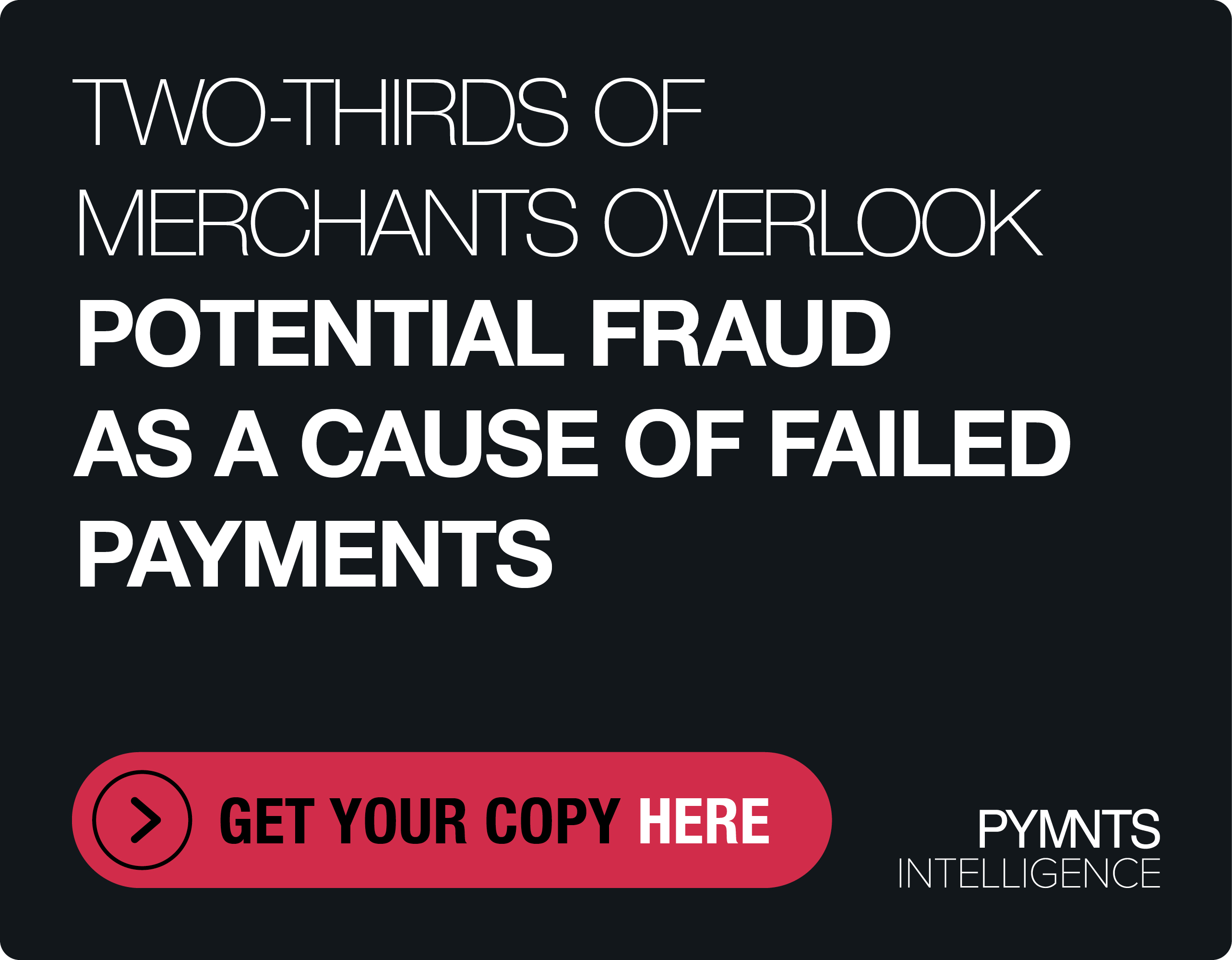Where Restaurants Now Look To Boost Margins, Drive More Sales

The back-end operations of a restaurant are not for the faint of heart.
In come slabs of meat, crates of vegetable and eggs, cartons of oils and all the other supplies — organic or not — required to make the business hum. Along with all that are the endless sheets of paper, all those invoices and order lists, that must be organized and paid so that the supply chain is not disrupted. It can all seem like endless chaos that gives restaurant operators barely enough time to breathe, much less find those small places where money and time might be saved. After all, those businesses tend to operate on the thinnest of margins, and every little bit helps.
However, digital technology is changing all that, providing a way for those restaurant operators to gain more transparency into their supply chains, and perhaps even gain an edge on their competitors. In a new PYMNTS interview, Andy Schwartz, CEO and co-founder of xtraCHEF, a company that provides supply chain-focused software for restaurants, spoke with Karen Webster about how payments will play an even bigger role in such positive changes in the coming years.
The Appeal Of Automation
“I’ve always been drawn to tech that automates a manual [task], and provides visibility into something you didn’t have visibility into before,” Schwartz said, and that’s the mission of xtraCHEF. The company’s software, generally put, digitizes vendor software for restaurant clients, a task that provides all types of new insights into the operations of a particular business — and, in turn, leads to money-saving moves down the road.
Schwartz came to this area of retail after working with his father on selling technology to retailers, universities and other organizations that wanted to automate some of their own core tasks. For a school, that could mean bringing more digital automation to the admissions process, he said. For a retail chain, that interest could involve speeding up the supply chain, and bringing more digitally enabled transparency to vendor invoices and payments. No matter what, the overriding goal was to try to reduce the reliance on paper in the B2B world.
That’s a tall order, no matter the industry, Webster said, noting that many businesses keep using paper checks because the move to digital is perceived to be — or really is — expensive and complex. It’s not just about paper checks, though. Systems based around Excel spreadsheets, for instance, can also generate decent amounts of paper, and a significant amount of manual labor.
The previous professional experiences of Schwartz and his father — with this help, Schwartz got xtraCHEF off the ground in 2015, he said — proved that many businesses were indeed willing to put in the time and money to commit to digital, and to reap the rewards from doing so. “I saw firsthand the amount of money that big companies were willing to put into technology to streamline their business operations,” he told Webster.
He figured it could work in the restaurant world, too. After all, it’s not just about those razor-thin margins. It’s also about having the digital transparency to, in the end, assure one restaurant operation that it’s not paying more for suppliers than the competitor down the street.
“How can I level the playing field?” he said when describing the mission of all this. “How do I help the mom-and-pop restaurant on the corner buy lettuce, and streamline the price?”
Indeed, the vision Schwartz shared with Webster goes well beyond bringing more digital capabilities to B2B and supply chain payments. Go back to that lettuce example. Technology could help a restaurant figure out not only, say, the 30-day average high price of that culinary staple, but provide other metrics that inform purchases, and even facilitate the purchase itself — perhaps via the use of virtual credit cards.
Dreams Of Procurement
Don’t call it a marketplace, though, he insisted. A better concept, according to Schwartz, is more of a procurement platform than a marketplace, one that gives restaurants more insight into what vendors are offering. “You could match up vendors and buyers in real time,” he said.
Sure, some restaurants will opt for higher-priced items (think fine-dining operations), but the goal is to provide that pricing transparency. “If the place down the street is paying less for chicken nuggets, you are in trouble,” he explained.
Payments could also play a bigger role, even beyond all that, Schwartz noted. Software provides a much greater insight into restaurant cash flow, and if that business sees that it might be short on cash at the end of the month to pay vendors, a platform could offer financing options, with the money being repaid via restaurant transactions. “I think there is a lot of opportunity there around the payments,” Schwartz said.
For now, though, the big work is getting restaurants to adopt digital automation over paper — a lucrative proposition, especially for companies that own at least five restaurant operations, he noted. Tech integrations are also part of the near-term future. Schwartz told Webster that Toast, a restaurant management platform, recently integrated with xtraCHEF at the API level, giving the company access to what he called Toast’s big user base.
That promises to help even more with those back-end restaurant operations. “You really should be tightening the back of your house,” Schwartz said, mentioning some of the other big problems that restaurants have to deal with, among them wage raises and healthcare costs. “There is money literally being thrown out there. Maybe you can save some money back there, and calm the storm a bit.”
